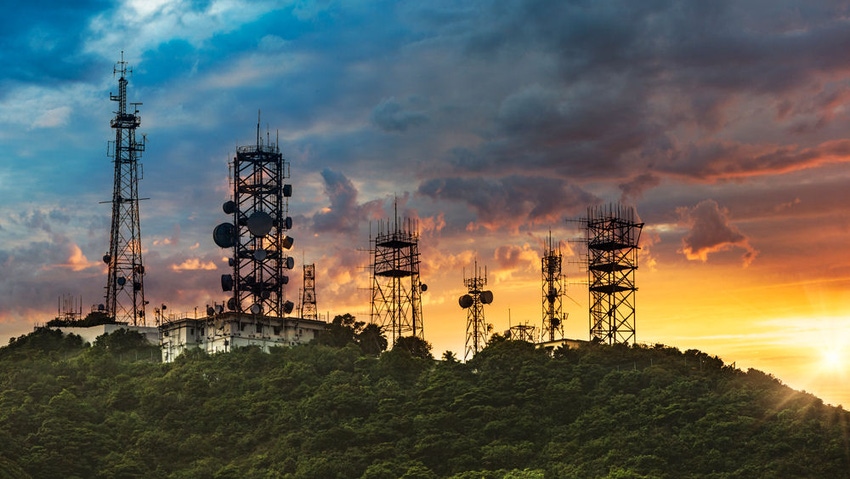Vodafone UK and Telefonica UK (O2) will be entering into a new infrastructure-sharing relationship ahead of the much-anticipated 5G rollout.
January 23, 2019

Vodafone UK and Telefonica UK (O2) will be entering into a new infrastructure-sharing relationship ahead of the much-anticipated 5G rollout.
The duo already has an existing relationship for shared infrastructure activities, managed through the Cornerstone Telecommunications Infrastructure Limited (CTIL) joint venture, with this extension to include 5G at joint radio network sites. In theory, such a tie-up will allow the pair to accelerate 5G rollout plans over the coming months.
“We believe that these plans will generate significant benefits for our business and our customers as we move into the digital era of connected devices, appliances and systems on a mass scale,” said Nick Jeffery, CEO of Vodafone UK. “Customers will benefit from the best 5G experience available and we will deliver even faster speeds by using our spectrum holding more effectively.”
“I’m excited by the potential of these plans to meet the future needs of our customers while delivering value for our business,” said O2 CEO Mark Evans. “In addition, these plans would allow us to utilise the spectrum we acquired in the last auction very effectively.”
Looking at the 5G ambitions, both companies are being relatively coy with the specifics. Vodafone has confirmed it will launch commercial 5G services during 2019, exactly when is unknown though, while O2 has already stated it will not enter the fray until 2020. For Vodafone, some industry analysts have commented it is pitting itself in a race with EE, suggesting the launch would be at some point during early summer.
Perhaps this is an indicator of the importance of 5G scale. Being the first to market may not mean anything in the long-run, it’s a gimmick to include in advertising more than anything else, but nationwide deployment will be critical. O2 has a marketing leading position to protect, while Vodafone wants to recapture the fortunes of yesteryear. Clearly offering the 5G network with the widest coverage will be critical to winning subscribers once 5G vaults towards mass market adoption, and this partnership seems to have an eye on that.
As part of the agreement, more responsibilities will be devolved to the CTIL, allowing the JV to improve the efficiency of its operations and pursue opportunities to add further third-party tenants to the assets. The companies also intend to upgrade their transmission networks with higher capacity optical fibre cables, readying the infrastructure for low-latency use cases such as VR, while there is also an eye on future transmission operating model which could drive synergies for investment and operations.
Although trying to get telcos to play nicely with each other is a tricky task, the idea of shared infrastructure has been on Ofcom’s agenda for some time. It might create a bit of a red-tape maze in the first instances, though there are clear benefits to the concept.
“UK 5G roll-out is on the way and operators need to be more accepting of sharing infrastructure to ensure that coverage demands from consumers and businesses can be met as quickly as possible,” said Ingo Flomer, VP Technology at Cobham Wireless.
“Deploying new 5G networks typically require operators to install and maintain new antennas, hardware and cables, which requires significant planning, management and expense. By using one common architecture, operators can minimise cost and disruption.”
Fears the highly dense urban areas will be favoured over rural regions will certainly not be dismissed following this announcement as the cities are still much more attractive commercially, but with such partnerships the delay might not be as painful. A digital divide was created by the slow rollout of 4G, but shared-infrastructure relationships should ease this chasm, at least theoretically.
About the Author(s)
You May Also Like








.png?width=300&auto=webp&quality=80&disable=upscale)


_1.jpg?width=300&auto=webp&quality=80&disable=upscale)


.png?width=800&auto=webp&quality=80&disable=upscale)